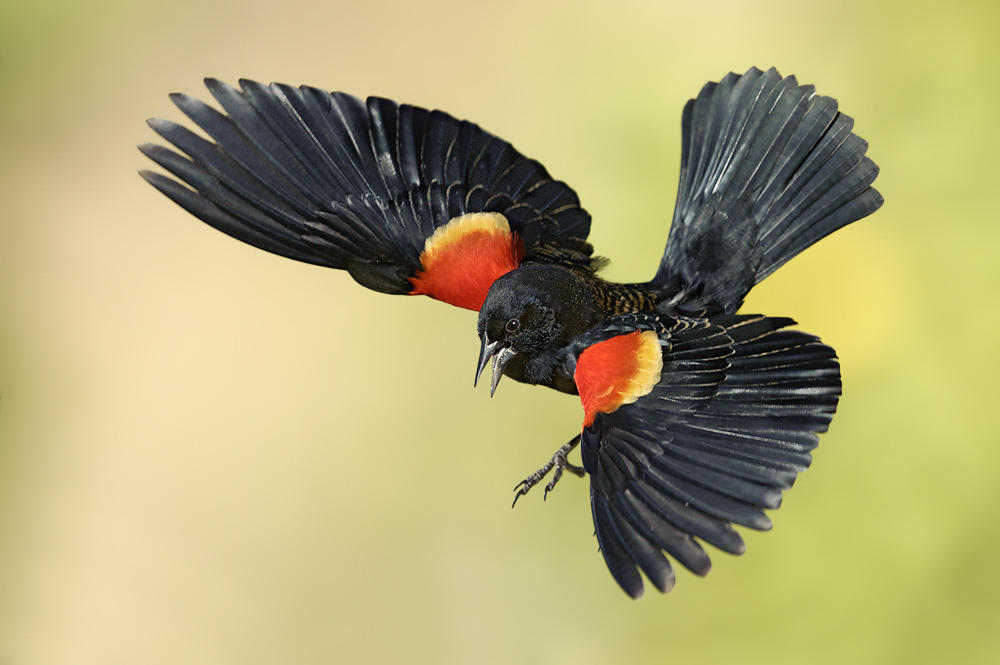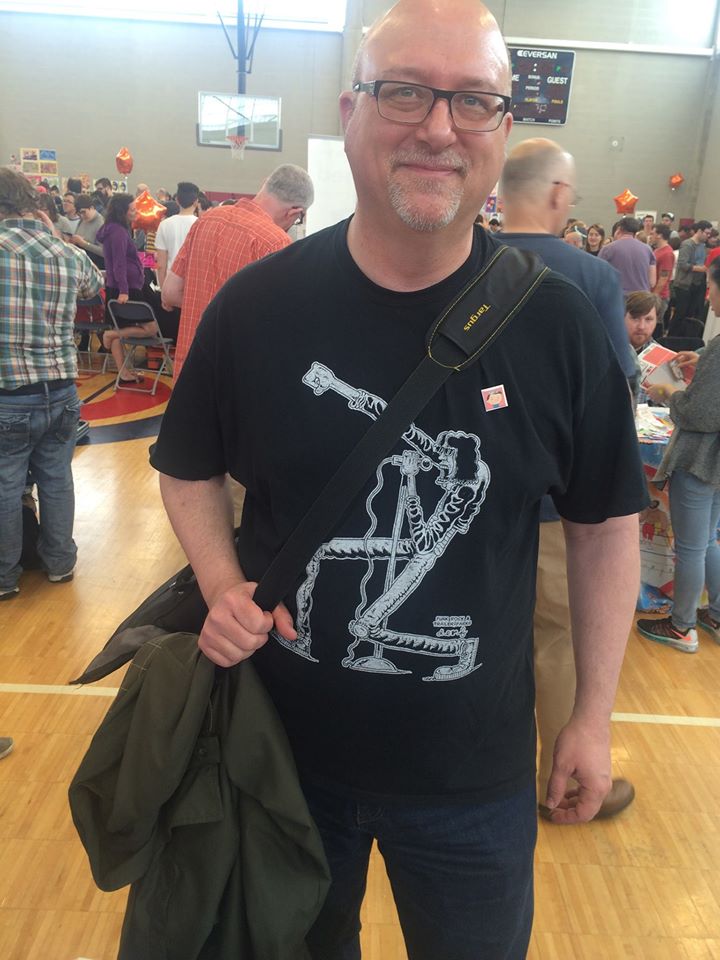by Victoria Reeves
What are your plans for New Year’s Eve? Many folks want to stay home where it is warm and safe. What if there was a low stress way to celebrate New Years without dressing up?
Come check out First Night Evanston, a community event located in 3 venues surrounding Raymond Park at Chicago Avenue and Lake Street. First Night is a family-friendly celebration of music, comedy, poetry, storytelling, puppetry and circus arts.
First Night began in Boston in 1975, when a group of artists and musicians wanted to celebrate New Year’s Eve by sharing their creativity in an indoor/outdoor, all-ages format. From Burlington, VT to Monterey, CA, cities across America host these unique cultural celebrations. Why not join the movement and take back New Year’s?
I am all about convenience and comfort. After attending First Night for over 10 years, I’ve come up with some First Night hacks to help you end the year on a fun note:
For information on the 3 venues, artists and times, go to the First Night Evanston site. There is a day time schedule focused on family and kids fun and an evening schedule especially for adults. A sincere thanks to all the former and current organizers and sponsors of the celebration of creativity.
There's a nice write up about about this year's December 31 fun by Peter Winslow on the Evanston RoundTable news site.
Victoria Reeves is a writer and career coach based in Evanston, though her focus is worldwide. For more than 15 years, she has worked with thousands of college students and professionals in the U.S. and abroad on all aspects of their written and spoken communication skills. "I'm fascinated with the process of clarifying, quantifying and actualizing one's true voice," she says. Through this experience of unearthing "right livelihood", Victoria helps her clients open doors to personal, academic and professional success. She is passionate about empowering others to clarify their values, discover their true paths and map out steps towards integrating their intentions with concrete actions.
Along this line, Victoria is also an artist who makes textile art iterations called Empowerment Dolls: Art Dolls for Grown Folks and writes essays about Explorations on Internal and External Journeys on her blog, Victoria Reeves: Cool Girl Writer.
What are your plans for New Year’s Eve? Many folks want to stay home where it is warm and safe. What if there was a low stress way to celebrate New Years without dressing up?
Come check out First Night Evanston, a community event located in 3 venues surrounding Raymond Park at Chicago Avenue and Lake Street. First Night is a family-friendly celebration of music, comedy, poetry, storytelling, puppetry and circus arts.
First Night began in Boston in 1975, when a group of artists and musicians wanted to celebrate New Year’s Eve by sharing their creativity in an indoor/outdoor, all-ages format. From Burlington, VT to Monterey, CA, cities across America host these unique cultural celebrations. Why not join the movement and take back New Year’s?
I am all about convenience and comfort. After attending First Night for over 10 years, I’ve come up with some First Night hacks to help you end the year on a fun note:
- Buy your First Night Evanston button(s) at either Whole Foods Evanston location (service desk) before the night of the event. It’s $30 for adults and $10 for teens/children. Pin the button to your backpack for easy entrance to all events.
- Take the Purple Line to Dempster Station and walk a few blocks. If you are driving, you can park for free at the Evanston parking garage adjacent to the Holiday Inn at 1501 Sherman. This parking garage is a central location that will get you to most venues within a few blocks. Check the website for other free parking alternatives.
- Dress in wool layers and bring a large backpack to carry your clothes. If possible, avoid wearing a large coat that you will have to carry around. The venues get crowded and hot, so stripping down to a base layer of a t-shirt and jeans will keep you comfortable. There is also folk dancing, so bringing a water bottle is a great idea. In the performances, you can put your backpack under your feet or your chair to allow others to sit near you.
- Bring snacks. Once you find a seat at that performance you were dying to see, you won’t want to leave it to forage for open restaurants in sub-zero weather!
- Plan out which performances you want to attend in advance. Plan to arrive 15 minutes early to line up for seating. That may mean leaving 15 minutes early from a previous performance. It will be worth it in order to get a good seat. I always try to sit at the end of a row, near the door, so I can leave early without disrupting others.
- Go alone! Many people attend by themselves as this is a great way to fight cabin fever, hear some quality music, watch some storytelling and poetry performances or even hang with the families during the children’s programming from 2-4pm. The energy at this event is very welcoming, so feel free to join in with or without a plus one.
For information on the 3 venues, artists and times, go to the First Night Evanston site. There is a day time schedule focused on family and kids fun and an evening schedule especially for adults. A sincere thanks to all the former and current organizers and sponsors of the celebration of creativity.
There's a nice write up about about this year's December 31 fun by Peter Winslow on the Evanston RoundTable news site.
~ ~ ~ ~ ~ ~ ~ ~ ~ ~ ~ ~ ~ ~ ~ ~ ~ ~ ~ ~
Victoria Reeves is a writer and career coach based in Evanston, though her focus is worldwide. For more than 15 years, she has worked with thousands of college students and professionals in the U.S. and abroad on all aspects of their written and spoken communication skills. "I'm fascinated with the process of clarifying, quantifying and actualizing one's true voice," she says. Through this experience of unearthing "right livelihood", Victoria helps her clients open doors to personal, academic and professional success. She is passionate about empowering others to clarify their values, discover their true paths and map out steps towards integrating their intentions with concrete actions.
Along this line, Victoria is also an artist who makes textile art iterations called Empowerment Dolls: Art Dolls for Grown Folks and writes essays about Explorations on Internal and External Journeys on her blog, Victoria Reeves: Cool Girl Writer.

















































